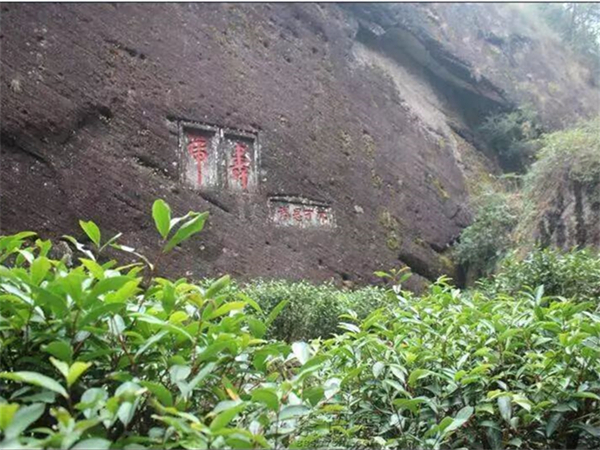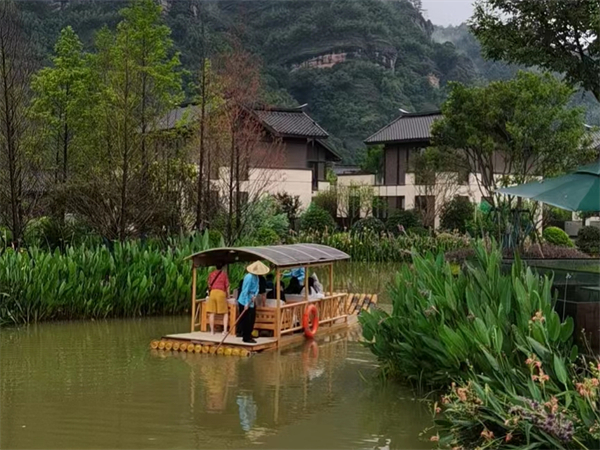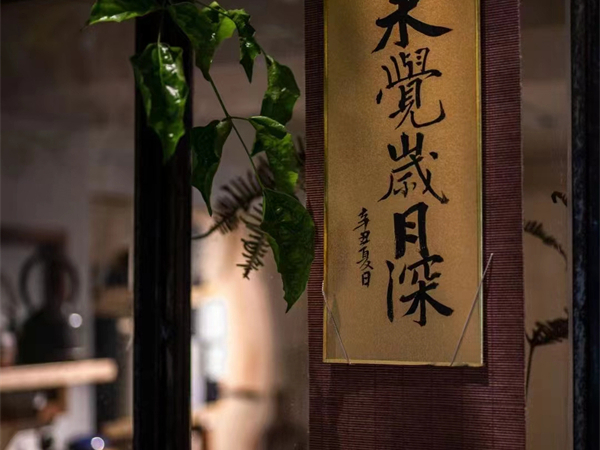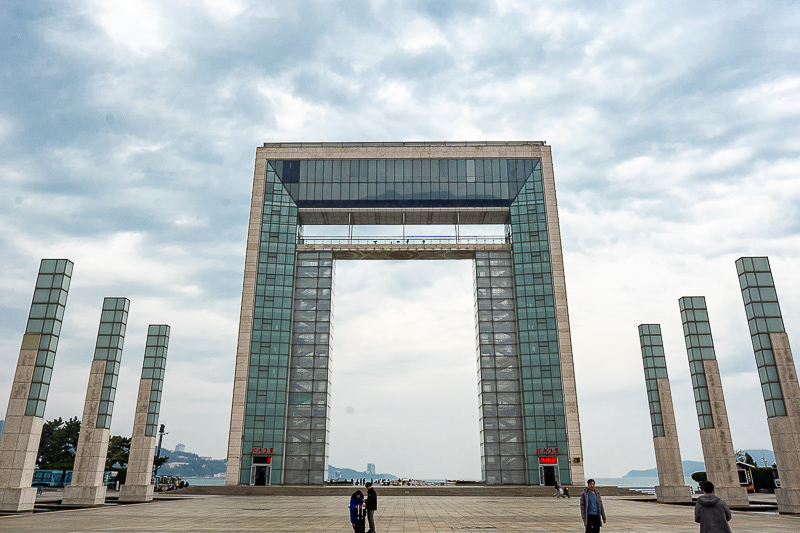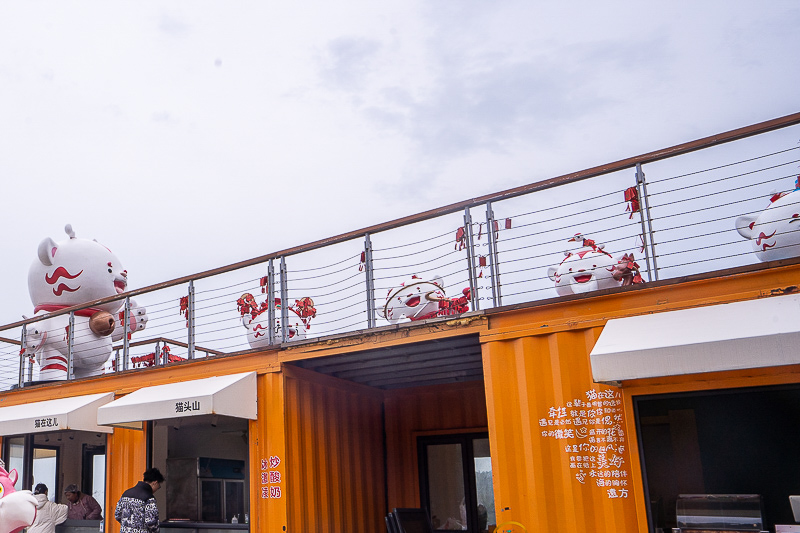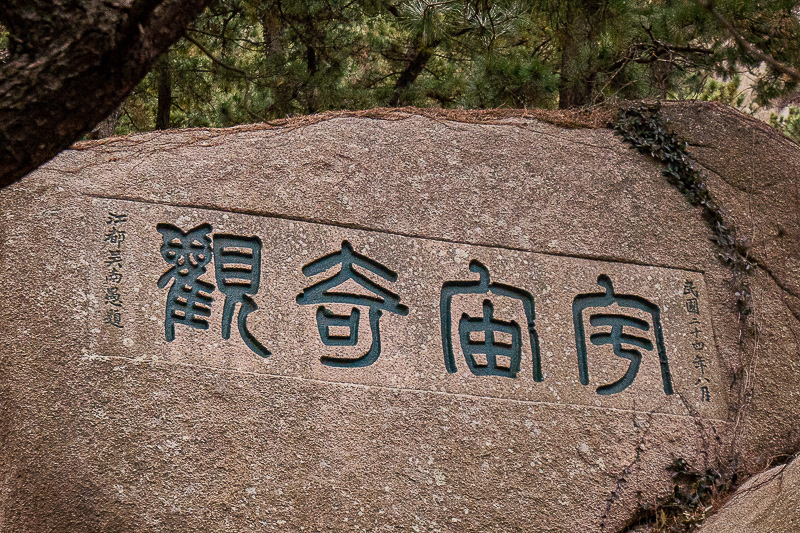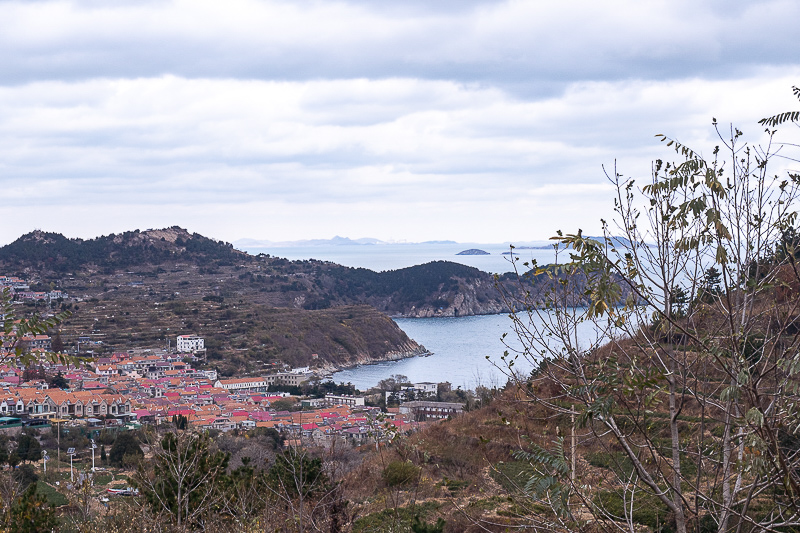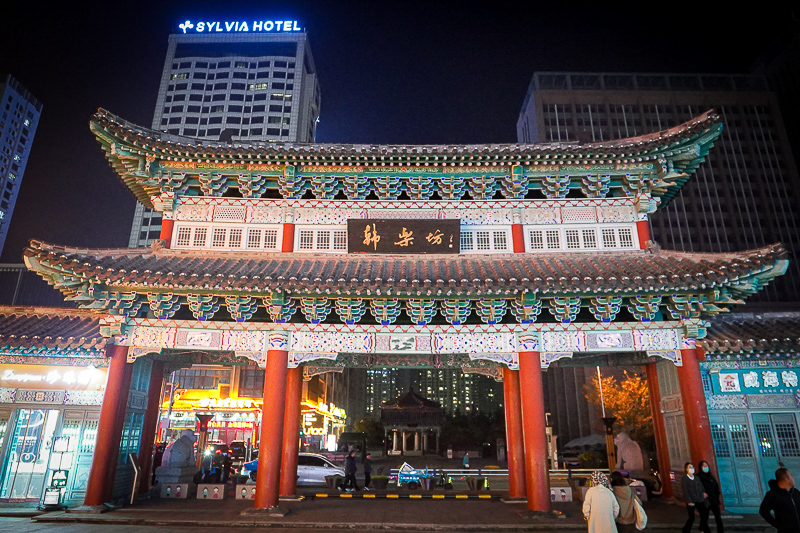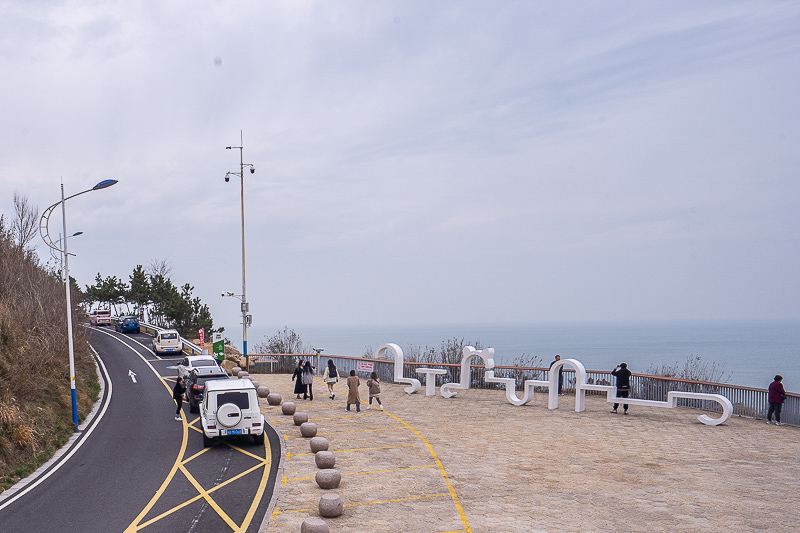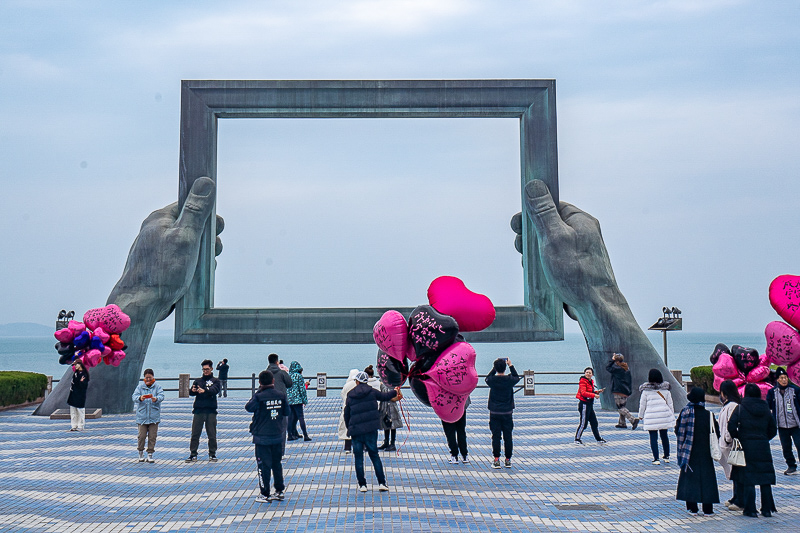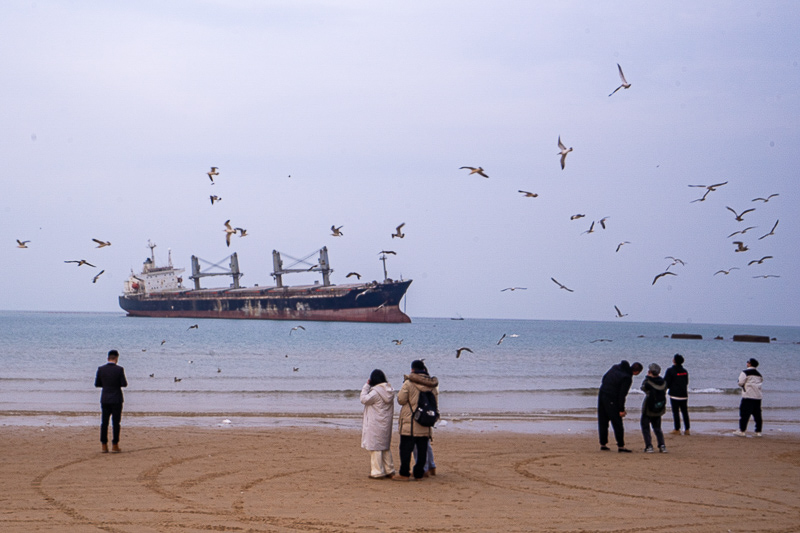本文目录
一、西安大雁塔的英文导游解说词是什么
1、大雁塔是楼阁式砖塔,采用磨砖对缝(意思是将砖的 6个面磨光,用石灰、三合土、米浆粘连)的砌垒技术。大雁塔的特点是:砖结构体现出木结构的斗拱风格;砖墙上显出“棱柱”来,可以明显分出墙壁开间。这些都是中国特有的传统建筑艺术形式。大雁塔塔身高大,结构坚固,外观庄严、朴实、大方,充分体现了我国古代劳动人民的智慧和才能。
2、The Heavenly King and the Buddha in line drawings appear on the door frames and horizontal bars on the four sides of the pagoda's base. They are vividly portrayed in smooth lines and show a high level of workmanship. They serve as an important source of material for the study of paintings and sculptures of the Tang Dynasty. Out of these artistic works, the one on the horizontal bar of the west door is the most precious. It is a rare piece of art now used for the study of the Tang architecture.
3、塔底层四周门楣上雕刻有天王及佛像等线刻画,这些画刻工高超,形象生动,线条流畅,是研究唐代绘画及雕刻的重要资料,其中尤以西门楣的线刻画最为珍贵,是研究唐代建筑的珍贵艺术品。大雁塔的得名还有一段有趣的故事呢!传说玄奘在印度取经时曾住在一座大乘佛寺内。印度佛教分大乘、小乘两派。大乘吃素,小乘吃荦。玄奘住的这座寺院附近有一座小乘寺。一天该寺的僧人因吃不到肉而发愁,那天正好是菩萨布施日。一个和尚仰天叹道:“大慈大悲的菩萨一定不会忘记今天是什么日子!”他正说着,一群大雁飞来,头雁坠地而死。僧侣们个个惊愕万分,以为菩萨显灵,送来大雁以解饥苦。从此,全寺和尚不再吃肉并改信大乘佛教。他们还在大雁落地处修建了一座塔,取名“雁塔”。大雁塔就是玄奘依照印度那座“雁塔”的形式设计建造的。为了颂扬佛教,纪念玄奘,后来人们就称慈恩寺塔为“雁塔”。半个世纪后,荐福寺塔修成了。两塔遥遥相对,风采各异。因荐福寺塔比雁塔小,人们就将这座塔叫大雁塔,而将荐福寺塔改叫小雁塔了。
4、There is an interesting story about the name of the pagoda. It is said that Master Xuan Zang once stayed in a Mahayana temple in India. In fact, there are two major sects of Buddhism in India, the Mahayana and the Hinayana. The Mahayana believers are vegetarians while those of the Hinayana are non-vegetarians. Near the temple where he stayed, there was a Hinayana temple. One day, a monk was just worried about the shortage of meat in the temple. But it happened to be the General Alms Day of the Buddha, another monk looked up at the sky and sighed,“Our beloved Buddha, the Great and Merciful, will not forget what day it is today!” At these words, a flock of wild geese flew over the temple. The head goose dropped dead to the ground. The monks were all puzzled by this, and they concluded that this must be the result of the Buddha's spirit at work: to provide them with the wild goose. Ever since then, the monks of the temple became vegetarians and began to believe in Mahayana Buddhism. They also set up a pagoda where the wild goose dropped dead, and called it the Wild Goose Pagoda. The Wild Goose Pagoda that greets us today was acturally modeled after its Indian prototype. It was given the same name in memory of Xuan Zang and in praise of Buddhism. After about half a century, the pagoda at the Jianfu Temple was built. The two pagodas face each other over a distance, but assume different styles. Since the one in the Jianfu Temple is smaller than the Wild Goose Pagoda, it is often called the Small Wild Goose Pagoda.
二、西安钟鼓楼城墙英文导游词
导游词,是导游人员引导游客观光游览时的讲解词,是导游员同游客交流思想,向游客传播文化知识的工具,也是应用写作研究的`文体之一。特点是口语化,还具有知识性、文学性、礼节性等特点。以下是小篇为大家整理的西安钟鼓楼城墙英文导游词。
The Bell Tower Drum Tower and the City Well in Xi’an
Good morning Ladies and Gentlemen:
Today we will have three places to visit—the Bell Tower the Drum Tower and the City Well. First we come to the Bell Tower.
The Bell Tower, a classical building with carved beams and painted rafters, has been served as the symbol of Xi’an. It stands in the center of the downtown area where the north street, the south street, the west street and the east street meet. And the tower house a huge bell which in ancient times was use to strike the time every morning. This is how the tower got its name. now it is an important historical monument in shaanxi Province.
The Bell tower was first built in Ying Xiang temple in 1384 during the Ming dynasty. It was moved to its present site in 1582 as a result of the city‘s expansion program.
Ladies and gentlemen, There is a story about the Bell Tower. It’s said that the first emperor of Ming dynasty, Zhu yuanzhang, he was born in a poor family. Both his parent died when he was young, and he had to live a hard life厦门旅游包车. Later, he went to a temple to become a monk. When he ascended the throne, he was afraid of being deposed by someone of“real dragon”. Therefore, he gave orders to build bell tower all over the county to repress the“dragon spirits”. Xi’an has been the imperial capital city since ancient times. So the“dragon spirits” must be very strong here. That’s why the bell tower in Xi’an was not only built earlier, but also bigger than the other ones in the country. The base of the tower is 1,337.4 square meters in size, 8.6 meters high and 35.5 meters wide. It was laid with blue bricks all over. The whole building is 36 meters above ground. It is a brick-and–wood structure. The eaves are supported by colored“dou gong” a traditional structural system in which brackets are used to join columns and crossbeams, the use of dou gong made the whole building firm and beautiful.
Well, next we will visit the Drum Tower nearly.
The Drum Tower stands 500 meters to the northwest of the Bell Tower. It was built in 1380. There used to be a huge drum in the tower, which told the time at dark, and that is how the tower got its present name. Besides marking the time, the drum was also used to give warnings to people in times of war. The base of The Drum Tower is 1,924 square meters in size, and 34 meters in height. It was built with blue bricks. The Drum Tower has a rectangular shape and shows tier and the outside eaves are decorated with networks of wood arches.
At last, we will visit the famous city wall of Xi’an. The most complete and the best preserved city wall in china.
The city wall of Xi’an is an extension of the prior Tang dynasty structure. It was stared in 1370 and finished in 1378 and has a rectangular–shaped construction. It is over 4 kilometers from the east to west and about 3 kilometers from the north to south. And the total length is 13.7 kilometers. It stands 12 meters high, 12-14 meters wide across the top and 15-18 meters thick at the button. On the top of the city wall, there is a rampart every 120 meters, which extends out from the main wall. The top of the rampart is at the same level as the top of the wall. The ramparts were built to allow soldiers to see those enemies who would try to climb up the wall. The distance between every two ramparts is just within the range of arrow shot from either side. This allowed soldiers to protect the entire wall without exposing themselves to the enemy. There are altogether 98 of them on the city wall and each has a sentry building on top of it.
There are four main gates of the city wall-one on each side-named the east gate, the west gate, south gate and north gate. The four gates of the city wall were the only way to go into and out of town. In Xi’an, each of the four gates consists of three gate towers. The main gate tower is called ZhengLou which is located on top of the main part of the city wall. It is the inner one and is also the main entrance to the city. Zha lou is the gate tower which a suspension bridge and located outside of the city wall. It’s used to lift and lower the suspension bridge. Jian lou is the arrow tower and located in between the Zhenglou and Zhaloutowers. There are square windows in the front and on the two sides to shoot arrows. Jianlou and Zhenglou are connected by walls and the encircled area is called Wongcheng in which soldiers could be stationed. From Wongcheng, there are also horse passages leading to the top of the wall. There are altogether eleven horse passages around the city.
A watch tower is located on each of the four corners of the wall. The one at the southwestern corner is round, probably after the model of the imperial city wall of the Tang dynasty. But the other three are square and are higher and larger than the sentry building on the ramparts. This shows the strategic importance of the corners of the city wall.
All right, we have finished visiting the famous city wall of Xi’an. Thank you.
三、大唐不夜城英文介绍带翻译
1、以下是大唐不夜城景区的英文介绍和翻译:
2、大唐不夜城(Datang Everbright City)is a large-scale cultural tourism scenic spot located in Xi'an City, China. The theme of the scenic spot is based on the prosperous Tang dynasty, which is a glorious period of China's history.
3、The scenic spot is divided into eight major areas, each with its own unique attractions and landscape style. Tourists can experience the magnificent culture and history of the Tang dynasty through a variety of static and dynamic displays, cultural performances, and historical shows.
4、One of the most popular attractions is the Tang Palace, which showcases the grandeur and luxury of the royal Tang Palace, as well as cultural and artistic displays from the Tang dynasty. The Da Yan Pagoda is another must-see attraction, which is a towering architectural masterpiece that represents the wisdom and power of ancient China.
5、In addition to the cultural attractions, Datang Everbright City also offers a variety of entertainment facilities, including a water park, an amusement park, and a light and sound show.
6、If you want to immerse yourself in the rich and colorful culture of the ancient Tang dynasty, Datang Everbright City is definitely a place worth visiting.
7、大唐不夜城(Datang Everbright City)是位于中国西安市的一个大型文化旅游景区。景区的主题基于繁荣的唐朝,这是中国历史上辉煌的时期。厦门到重庆包车
8、景区分为八个主要区域,每个区域都有自己独特的景点和景观风格。游客可以通过各种静态和动态展示、文化演出和历史秀,体验唐朝壮丽的文化和历史。
9、最受欢迎的景点之一是唐宫,展示了皇家唐宫的壮丽和豪华,以及唐代文化和艺术的展示。大雁塔是另一个必看的景点,它是一座高耸的建筑杰作,代表着古代中国的智慧和力量。
10、除了文化景点,大唐不夜城还提供各种娱乐设施,包括水上乐园、游乐园和灯光音乐秀。
11、如果你想沉浸在古代唐朝丰富多彩的文化中,大唐不夜城绝对是一个值得去的地方。

